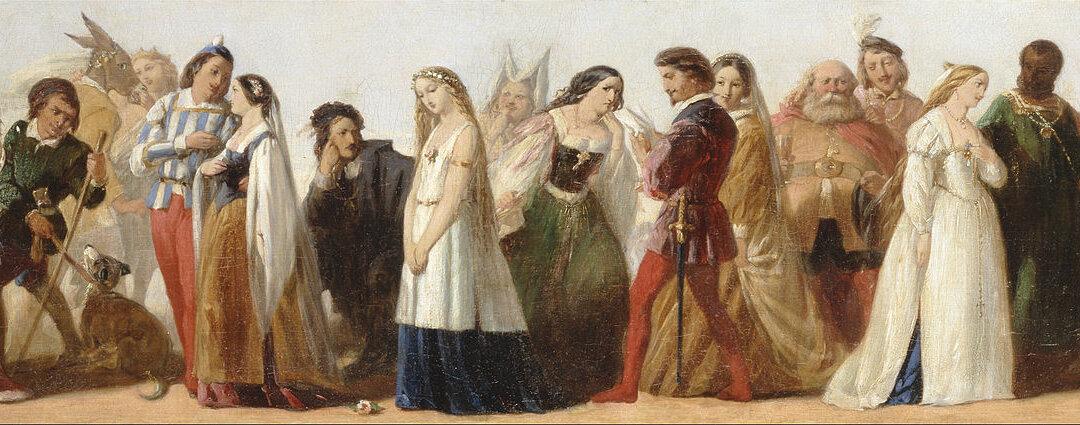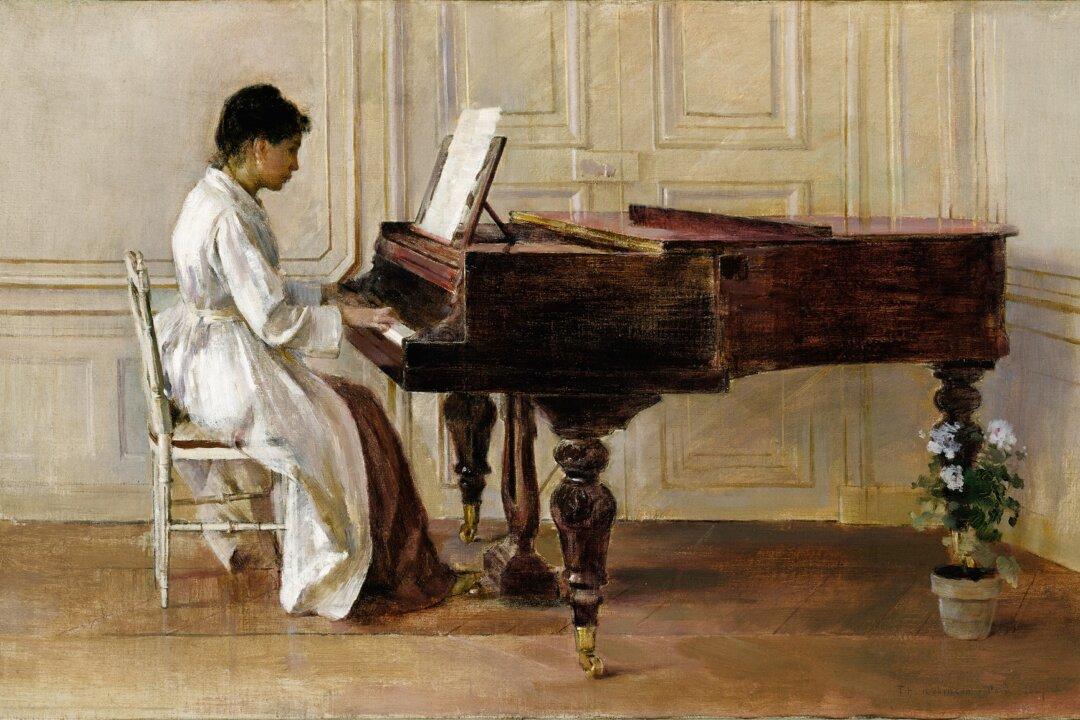The list of contemporary literary scholars that I have found worth reading is depressingly short. But Gideon Rappaport has made that list a little longer with the release of his book “Appreciating Shakespeare,” a work that is clearly the fruit of a lifetime of study and a profound love of Shakespeare and his art.
Mr. Rappaport, who has written freelance articles for The Epoch Times, graduated from Cowell College, University of California-Santa Cruz and received his doctorate in English and American Literature from Brandeis University. Currently, he is a dramaturge who has consulted on numerous professional productions of Shakespeare’s plays and on the web series “Complete Works.” He also taught Shakespeare for 45 years to students from high school to graduate school.






